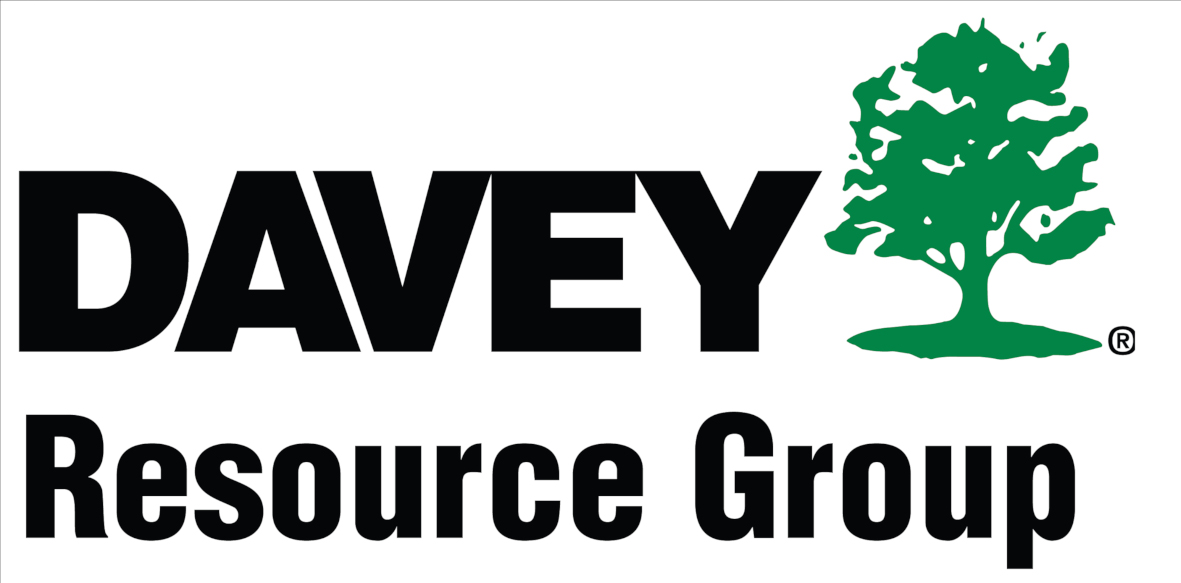Introduction

Bloomington’s tree canopy has quite a story to tell you!
Simply scroll through the following pages to learn all about the strengths and benefits of our
urban forest, as well as the opportunities and challenges that it currently faces.
Publicly and privately-owned forests combine to create an urban tree canopy that provides
numerous benefits to city residents, businesses, students, and visitors.
These benefits come from significant contributions to stormwater management, public health
improvement, energy use reduction, air pollution abatement, and overall quality of life. These
ecosystem, economic, and social services provided by trees become even more important to
Bloomington as the City grows and changes with time.
Recognizing the value of the urban forest, the City of Bloomington has assessed the extent of the current total tree canopy and conducted a public tree inventory. An analysis of this information answers the question “What do we have.” The City will begin planning the next steps in the city’s effort to proactively plan for and manage this valuable asset. Those questions are “What do we want” and “How do we get there.”
The following pages and interactive maps will show you information about current urban forest conditions in Bloomington via the urban tree canopy data analysis and tree inventory findings.
What Do We Have?: Forest Resources
Canopy cover is a measure of the physical coverage of the tree canopy over
the land.
It represents a way of expressing, as a percentage, how much of any given area is shaded or
protected by trees.
Canopy cover is an important way of measuring the character, location, extent, and benefits of
an urban forest.
Urban Tree Canopy
The urban tree canopy (UTC) analysis found that 38% of Bloomington is covered by tree canopy, while 34% of the city is covered by impervious surfaces (roads, buildings) that repel stormwater and contribute to heat island effects. The remaining land in the city is previous areas of low vegetation such as understory (24%), bare soil (3%) such as athletic fields, and open water (1%).
- According to U.S. Forest Service Research Forester, Greg McPherson (AmericanForests.org), canopy
goals are best developed on a city-by-city basis and should consider constraints to creating
canopy such as:
- Development densities (i.e., dense development patterns with more impervious surfaces have less opportunity for cover)
- Land use patterns (i.e., residential areas may have more opportunity for canopy than commercial areas, but the canopy cover tends to be lower in residential areas of disadvantaged communities versus wealthy ones)
- Ordinances (i.e., parking lot shade ordinances promote cover over some impervious areas); and climate (i.e., canopy cover in desert cities is often less than tropical cities)
Tree Canopy Metrics
- The analysis further reveals:
- The theoretical maximum canopy for the city is 61% UTC.
- Bloomington directly manages 1,762 acres of public property with 64% UTC comprising 20% of the city’s total tree cover.
- Neighborhoods Bittner Woods (71%), South Griffy (61%), and Woodlands-Winding Brook (59%) have the greatest distribution of UTC, while South Griffy (85%), Bittner Woods (83%), and Matlock Heights (81%) have the greatest potential for UTC.
- Zoning types Residential Estate (67%), Institutional (47%), and Quarry (47%) have the greatest distribution of UTC, while Residential Estate (94%), Quarry (83%), and Residential Single Family (71%) have the greatest potential for UTC.
- Toggle on and off the neighborhood canopy distribution map and the zoning canopy distribution map.
- Historically, Bloomington has been losing canopy at the rate of nearly 2% over the last 20 years.
- Neighborhoods Trail View (-65%), Longwood-Devon (-25%), and Eastern Heights (-20%) have lost the greatest percentage of UTC, while Autumn View (18%), Southern Pines (14%), and Highland Village (13%) have gained the greatest percentage of UTC.
- Zoning types Residential Core (-8%), Manufactured/Mobile Home Park (-6%), and Residential Single Family (-5%) have lost the greatest percentage of UTC, while Quarry (12%), Residential Estate (4%), and Business Park (3%) have gained the greatest percentage for UTC.
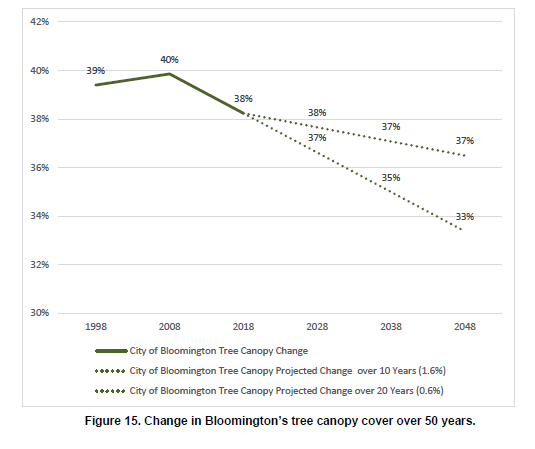
Forest Fragmentation
The overall health of Bloomington’s urban ecosystem depends greatly on the ability of trees,
plants, wildlife, insects, and humans to interact as a whole. Ecosystem health declines when
there is urban build-up and land clearing that results in tree removals and a decrease in
overall tree canopy cover.
Land development often causes tree canopies to be fragmented and leads to a decline in
habitat quality and canopy connectivity. In turn, this decline results in decreased wildlife
populations and increased risk and susceptibility to non-native, invasive plants and insects,
and disease to both woodlands and landscapes in the city.
- Bloomington has approximately 5,735 acres of tree canopy in four classifications, establishing
the following baseline measures for the city:
- Core Canopy and Perforated Canopy - This is a high quality, high-functioning forestland and represents 17% of Bloomington’s forests. Because of small clearings within them, perforated areas of the canopy are just beginning to lose connectivity with large forest tracts.
- Edge Canopy - This type of forest is defined as the boundary between core forests and large tracts of developed and non-forested land. This category accounts for 28% of Bloomington’s canopy.
- Patch Canopy -This classification is for tree canopy that comprises a small forested area that is surrounded by non-forested land cover. This category of forests is the least productive and beneficial and comprises 55% of Bloomington’s urban tree canopy.
Knowing the locations of the forest types can guide land acquisition decisions and tree planting priorities so that these kinds of efforts are targeted in areas that can connect isolated areas of trees to create more contiguous and larger urban forests tracts.
Forest Health
The overall health of trees has a direct impact on the sustainability of Bloomington’s urban forest. Trees in worse condition require more maintenance, are more susceptible to insect and disease problems, and can present a health and safety risk to the public. Trees in better condition require less maintenance, are less prone to storm damage, look better, and provide maximum environmental services to the city.
Using the citywide UTC data, a relative health assessment established a benchmark that over 39% of the urban tree canopy could be in Good and Very Good health. Almost 35% was classified as in Fair health, and approximately 24% of the canopy is in relatively Poor health or Dead.
Trees growing in an urban environment face many challenges that threaten their vigor, increase risk, and shorten their service lives: poor soil quality, restricted rooting area, air pollution, increased temperatures, construction damage, vehicular accidents, soil compaction, drought stress, and stress-induced insect and disease infestations. Of particular concern for Bloomington are remnant issues from its emerald ash borer and and future issues from climate change.
If unmanaged, these risks to forest health may result in the trees that are in Fair condition falling into the Poor/Dead classification. For the entire urban forest, this puts over half of Bloomington’s canopy at an elevated risk. The city and property owners should stay aware of these threats and understand the best actions they can take to protect the tree canopy on public and private property.
Public Trees
While comprehensive urban forest management considers all trees across the entire jurisdiction and takes action to improve the condition and extent of the citywide urban tree canopy, the City of Bloomington’s primary responsibility is to properly manage public trees. Therefore, an important step in developing proactive management strategies is to assess the current composition and distribution of Bloomington’s public trees and their associated ecosystem services.
Public tree inventory is a measure of existing and potential locations of trees along street rights-of-way and within city parks and properties. The tree assessment includes the recording of address, species identification, and tree condition, size, and maintenance need.
Inventory of Trees
- From February to August 2019, a team of DRG staff assessed and inventoried trees, stumps, and
planting sites along the public street ROW and select parks:
- 24,371 sites were inventoried
- 19,013 trees (17,541 street and 1,472 park)
- 741 stumps
- 4,617 planting sites
Species diversity is high. The mix of species in Blooming’s publicly-managed trees is 168 species representing 63 genera. Red maple is present within the population at 13%. The other four of the top five include callery pear, northern red oak, and sugar maple. Species diversity, or the number and variety of species in a specific population, affects the tree population’s ability to withstand threats from invasive pests and diseases. Species diversity also impacts tree maintenance needs and costs, tree planting goals, and canopy continuity and resiliency.
Condition of the population is healthy. Overall, the vast majority (92%) of Bloomington’s public trees are in Fair or Good condition. At the time of the inventory, only 8% of trees were either identified as Poor or Dead. Condition is an important tree attribute to know and monitor as it indicates how well trees are performing, their susceptibility to insect and disease threats, both short-term and long-term maintenance needs and costs, risk level, and the outlook for urban tree canopy cover continuity.
Maintenance remains a priority for the city. Only 6% of the public trees should be removed, 12% require pruning, 37% require routine inspections and pruning, 25% of the young trees need structural pruning, and 23% could be planted.
The following parks were included in this analysis: Bryan Park, Building Trades, Butler Park, Lower Cascades, Miller Showers Park, Olcott Park, Peoples Park, Rose Hill Cemetery, Seminary Park, Twin Lakes Recreation Center and Sports Complex, and White Oak Cemetery
What Do We Have? Tree Benefits
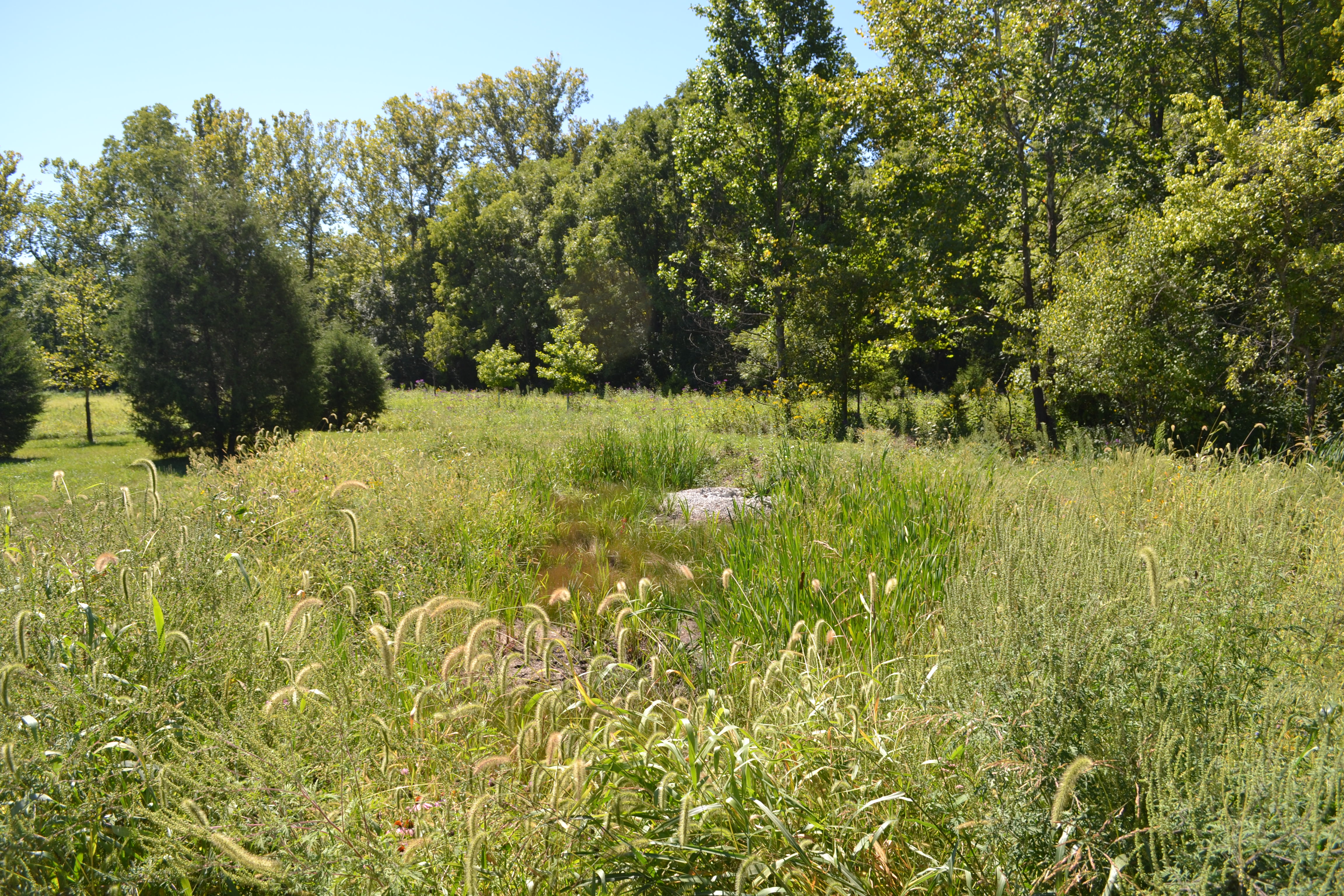
Bloomington’s existing citywide tree canopy provides residents with more than $1.9 million in benefits annually. In addition to the annual benefits, the carbon stored by the current UTC contributes an additional $33.3 million in benefits and property value contribution contributes an additional $19.7 million, bringing the collective benefit amount to $55.0 million. This information was calculated using models and methods derived from www.itreetools.org.
- Bloomington’s urban forest is amazing because it annually :
- Remove almost 470,000 pounds of pollutants from the air every year, scrubbing service valued at $626,000.
- Intercept a staggering 91 million gallons of stormwater, infrastructure service valued at $543,000.
- Sequester 28,673 tons of carbon, valued at $1,328,918.
- The public tree population provides approximately $968,823 ($51 per tree and $11 per capita) in
the following annual benefits:
- Aesthetic and Other Tangible Benefits: valued at $643,202 per year.
- Air Quality: 16,230 pounds of pollutants removed valued at $23,884 per year.
- Net Total Carbon Sequestered and Avoided: 3,679,323 pounds valued at $10,870 per year.
- Energy: 853,140 kilowatt-hours (kWh) and 19,190 therms valued at $76,686 per year.
- Stormwater: 34,545,160 gallons valued at $214,180 per year.
Visit Bloomington’s TreeKeeper to find out what benefit public trees at your home, along your street, and in your neighborhood are doing for you at the finite scale.
What Do We Want? Managing for the Future Forest
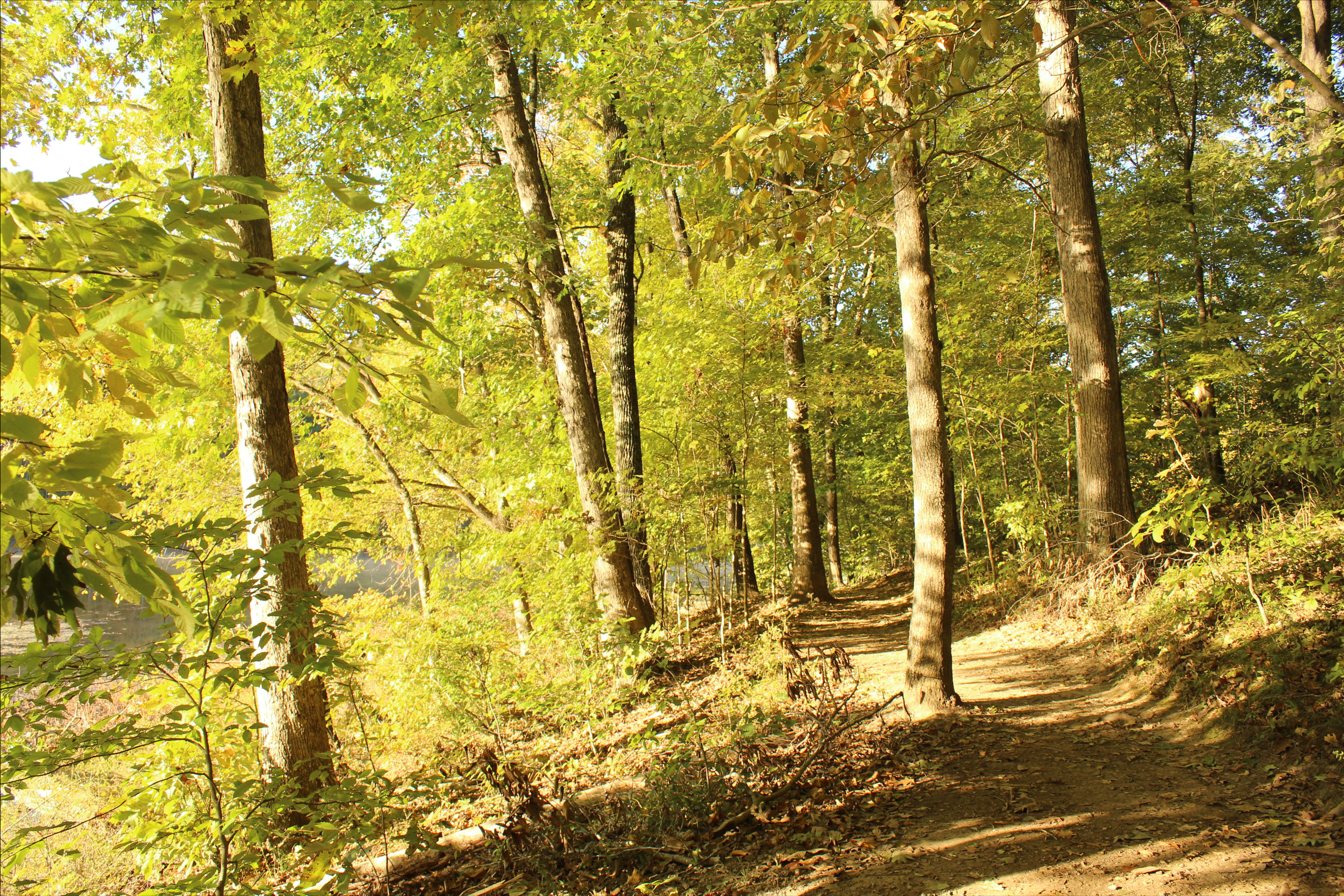
There is not a universal tree canopy goal that applies to all cities. Communities should instead create their own goals based on a number of factors, including what is possible and given local economic, development, and environmental goals and constraints.
The suggestion is to choose a tree canopy goal that achieves specific objectives, such as reaching the canopy percentage necessary to reduce urban heat island temperatures to a specific range, or to reduce stormwater runoff by a projected amount. At 38%, Bloomington's citywide tree canopy is compares well with other similar communities like State College, Pennsylvania (39%), Columbia, Missouri (35%) and Ann Arbor, Michigan (33%), the challenge now is to maintain or grow that canopy as the city and citizens desire.
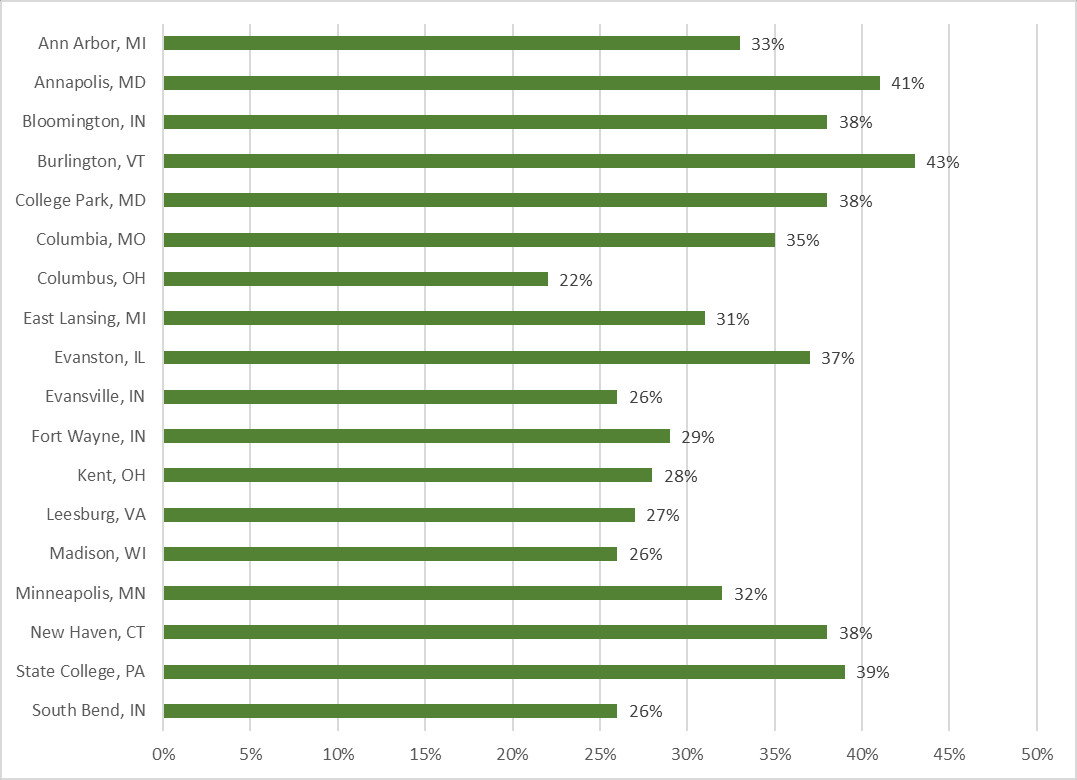 Click to Enlarge or Shrink
Click to Enlarge or Shrink
This City of Bloomington has mapped the watershed sub-basins as a key approach to managing the local environment. Knowledge about the UTC within these areas provides a benchmark for understanding and optimizing stormwater mitigation benefits and other environmental services.
Planting Assessment
With Bloomington’s prioritized planting plan, the city’s UTC and beneficial reach can be expanded by planting and managing trees with a purpose to maximize benefits so that all citizens can benefit equally. Even small increases in UTC can make a big difference in the amount of benefits trees can provide to Bloomington.
Are there potential planting areas in your neighborhood? Explore this planting site map to find out.
A Sustainable Public Urban Forest

The trees in parks and along the streets of Bloomington should not only be attractive and safe, but also reflect the city’s dedication to providing a high quality of life and effectively using municipal resources to do so. A sustainable public tree population in the city will provide maximum benefits to citizens, workers, and visitors, and require less resources to keep it safe and healthy.
In general, a sustainable urban forest is a forest where the trees are of different ages and diverse with species well-suited to site conditions, and that are insect and disease resistant and low maintenance. A tree population meeting these criteria is sustainable, resilient, and produces maximum social, economic, and ecological benefits for the community.
'We cannot separate sustainable urban forests from the people who live in and around them.
Sustainable urban forests are not born, they are made. They do not arise at random, but result
from a community-wide commitment to their creation and management. Obtaining the commitment of a
broad community, of numerous constituencies, cannot be dictated or legislated. It must arise out
of compromise and respect.'
-- Clark, et. al., A Model of Urban Forest Sustainability
Bloomington’s Next Steps
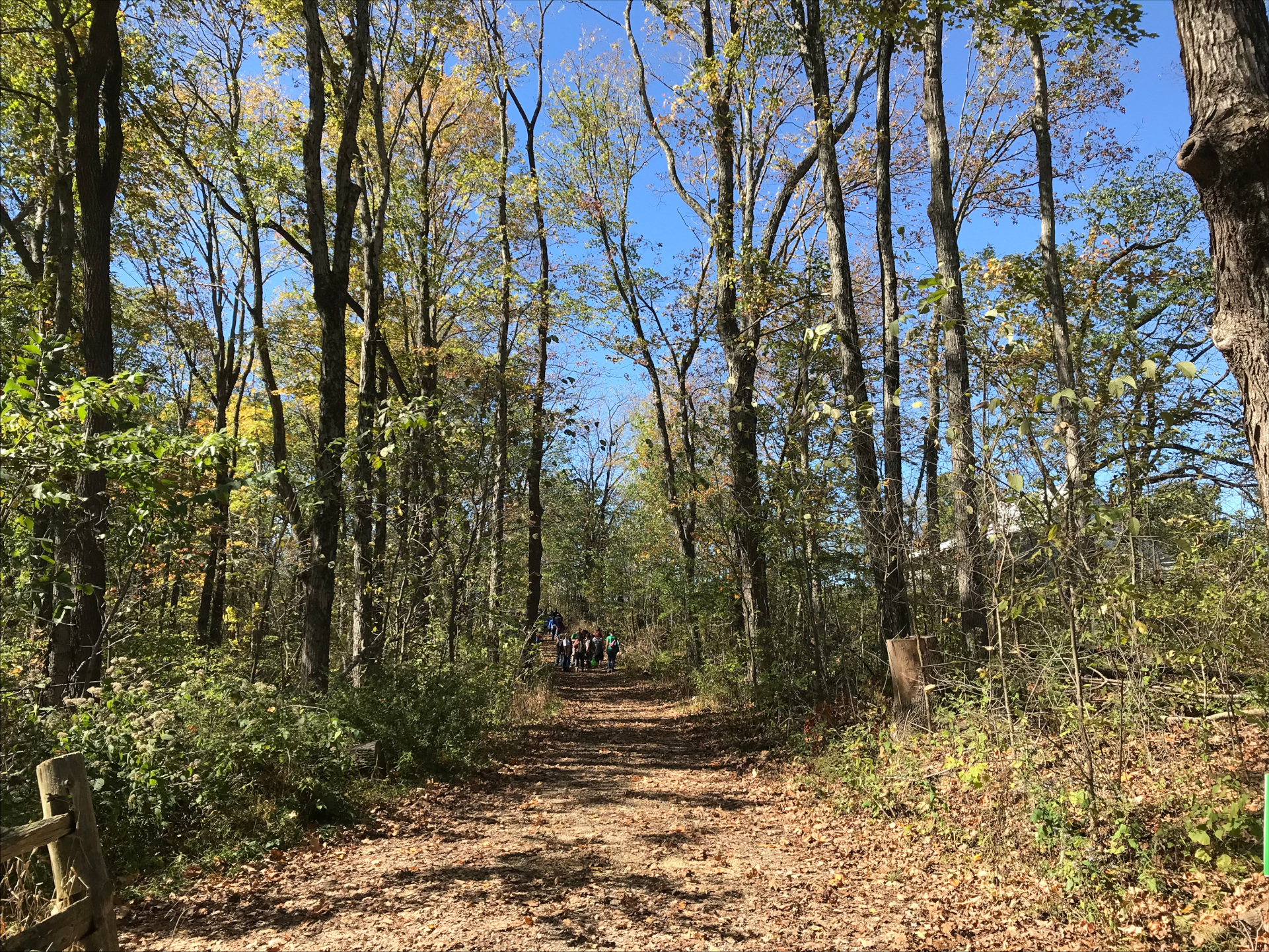
Urban forest management plans are considered “living” documents involving multiple stakeholders’ input. Following principles of adaptive management, planning provides opportunities for engagement and adjustment through cyclical updates.
Bloomington has not a master urban forest management plan, a collective strategy to meet community vision and goals for public and private trees. Existing city planning that trees have a part include the Sustainability Action Plan and the Equity, Inclusion & Accessibility statement. The City of Bloomington has a public tree management plan. The Tree Commision and City Forester has for many years been operating under the guidance of this Management Plan. Bloomington should utilize this collection of new information and tools to explore public and private tree issues to influence the improvement of the public tree management plan and create a community master urban forest management plan in ways that lead to the path of a more sustainable, resilient, and equitable urban forest. Two toolkits with guiding principles for urban forest planning may be of interest to the planning committees, Vibrant Cities Lab and U.S. Climate Resilience Toolkit.
- Common planning goals include:
- Managing a diverse, sustainable, safe, and beneficial community forest;
- Maintaining and expanding the urban tree canopy now and for future generations;
- Using professional urban forestry leadership and staff, proper maintenance and planting techniques, more efficient management of city resources, and greater public education so that the city’s urban forest is viewed as an important community asset;
- Having the urban forest uniquely define the city’s character and be a major factor in the continued growth and livability of Bloomington.
If you have questions or suggestions for better managing and growing our city’s urban forest,
please contact:
City of Bloomington Arborist
???-???-????
City Website to Forestry program
Acknowledgements
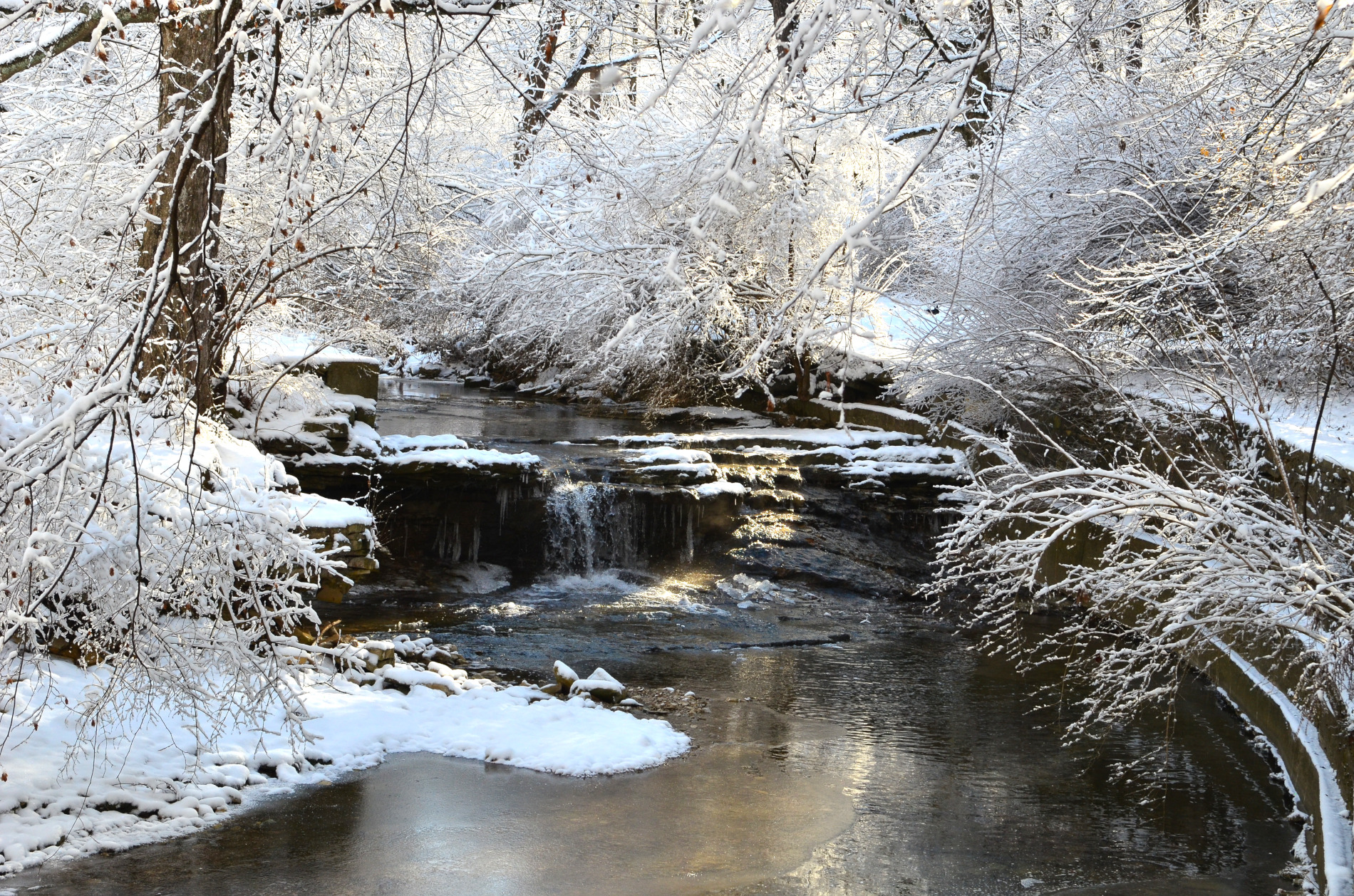
Bloomington’s vision to promote and preserve the urban forest and improve the management of public trees was a fundamental inspiration for this project. This vision will ensure canopy continuity, which will reduce stormwater runoff and energy use and improve aesthetic value, air quality, and public health.
 This is a test caption. Testing: 1, 2, 3.
This is a test caption. Testing: 1, 2, 3. 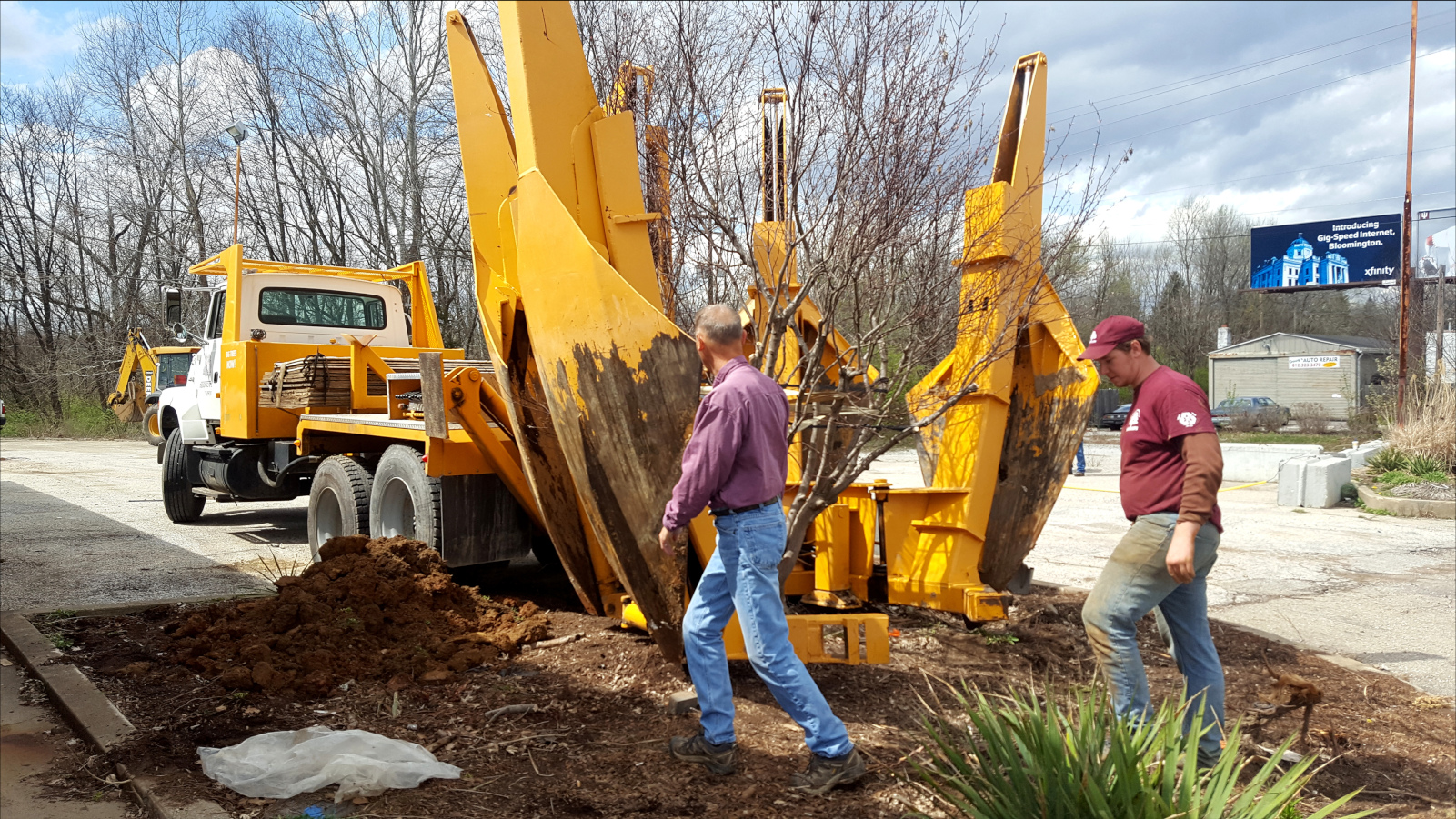 Testing photo captions, testing 1, 2, 3.
Testing photo captions, testing 1, 2, 3.